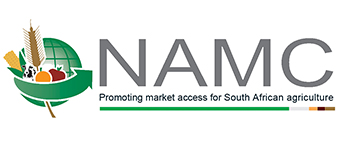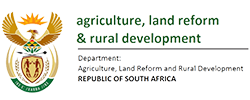On-Farm Multi-Environment Evaluation of Selected Cassava (Manihot esculenta Crantz) Cultivars in South Africa
Abstract: Cassava is an important starchy root crop grown globally in tropical and subtropical regions. The ability of cassava to withstand difficult growing conditions and long-term storability underground makes it a resilient crop, contributing to food and nutrient security. This study was conducted to evaluate the performance and adaptability of exotic cassava cultivars across different environments in South Africa and to recommend genotypes for cultivation. A total of 11 cassava cultivars were evaluated at six on-farm sites, using a randomized complete block design with three replications. There were highly significant (p < 0.001) variations between genotypes, environments, and their interaction for all yield and yield-related traits studied. This indicates the need to test the genotypes in multiple environments before effective selection and commercialization can be undertaken. MSAF2 and UKF4 showed the overall best performances for most of the traits, whilst UKF9 (49.5%) and P1/19 (48.5%) had the highest dry matter yield. UKF4 (102.7 t ha−1) had the highest yield and greatest root yield stability across environments. MSAF2 did not perform consistently across environments because it was highly susceptible to cassava mosaic disease (CMD). MSAF2 could be used as a donor parent to generate novel clones with large numbers of marketable roots, and high fresh root yields, if the other parent can provide effective resistance to CMD. Based on genotype and environmental mean, Mabuyeni (KwaZulu-Natal), Mandlakazi (Limpopo), and Shatale (Mpumalanga) were found to be better environments for cassava cultivation and testing. This study is a pioneer in cassava research using multiple environments in South Africa. It provides baseline information on the performance of currently available cassava clones, their adaptation to multiple sites, the identification of suitable test sites, and information on current genetic resources for a future
breeding program.
Keywords: agronomic traits; genotypic performance; Manihot esculenta; on-farm evaluation;
yield and yield related traits


